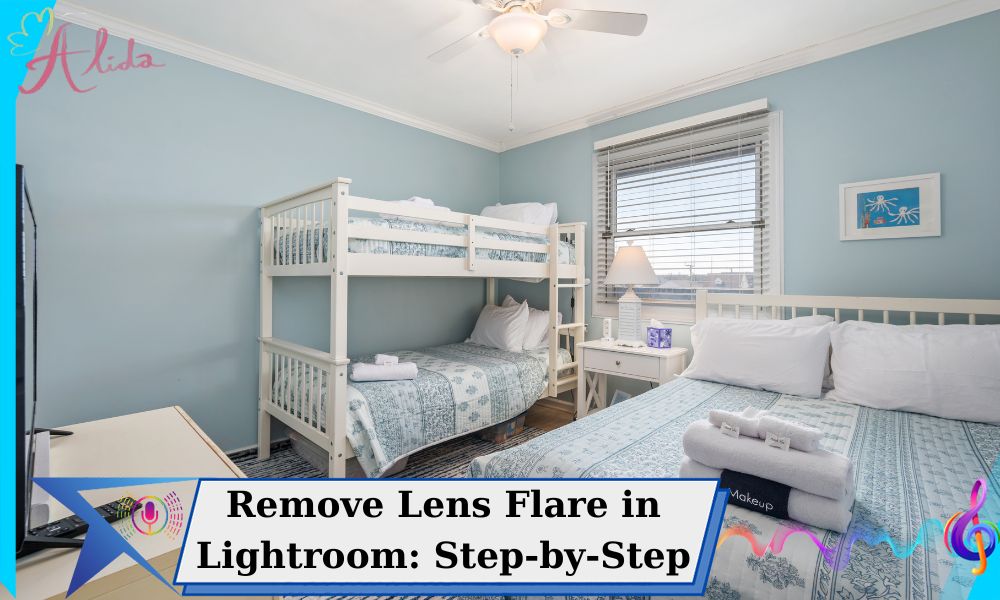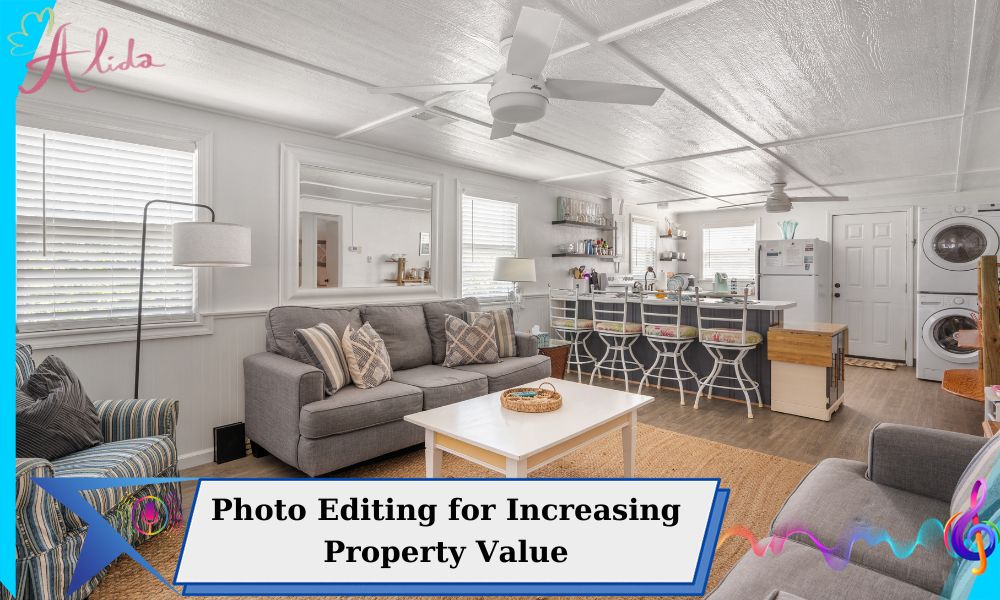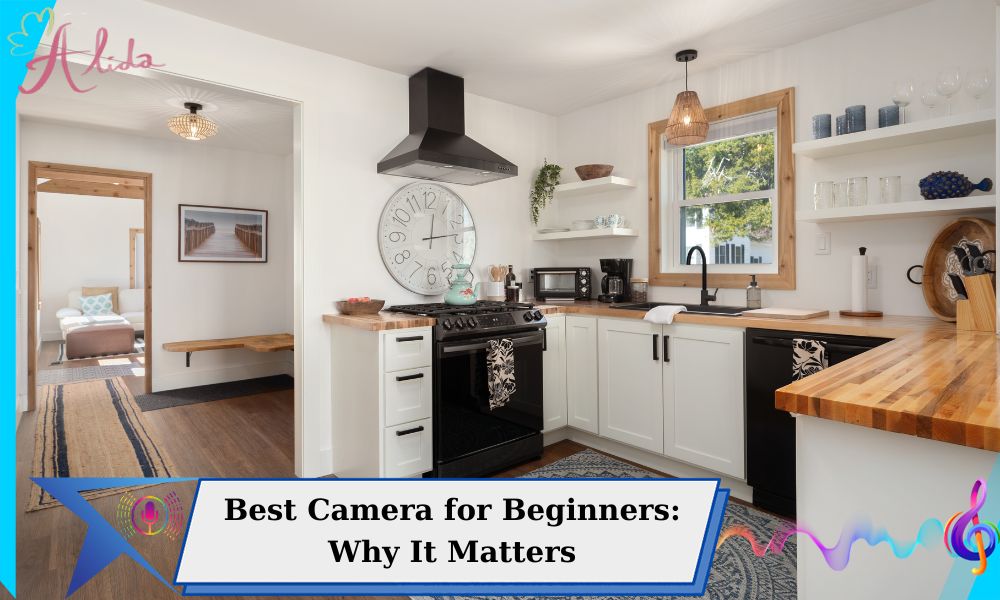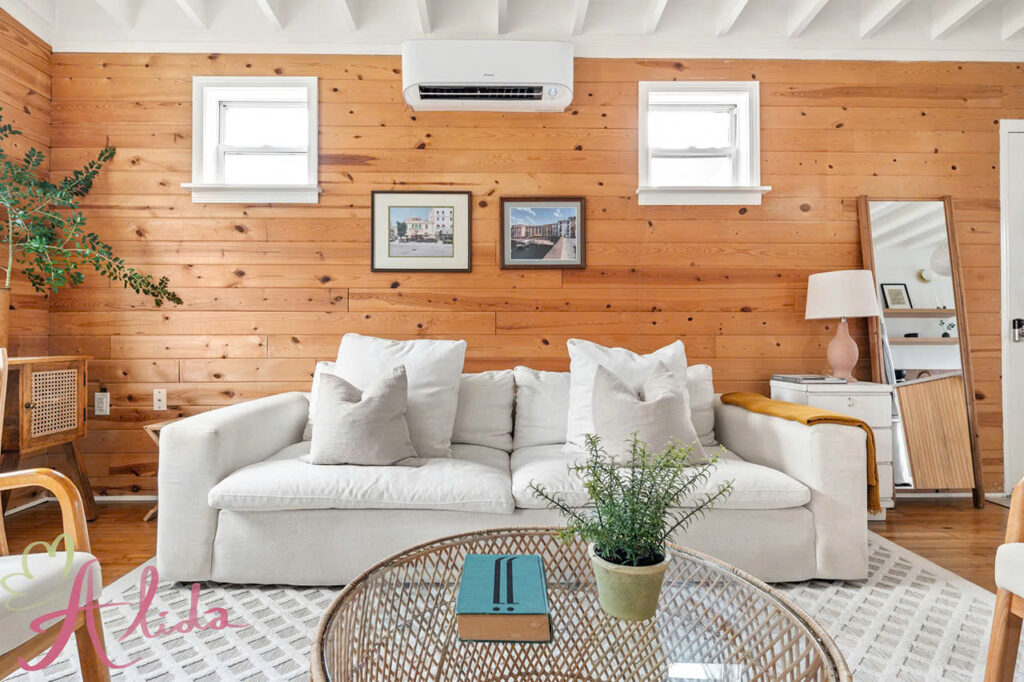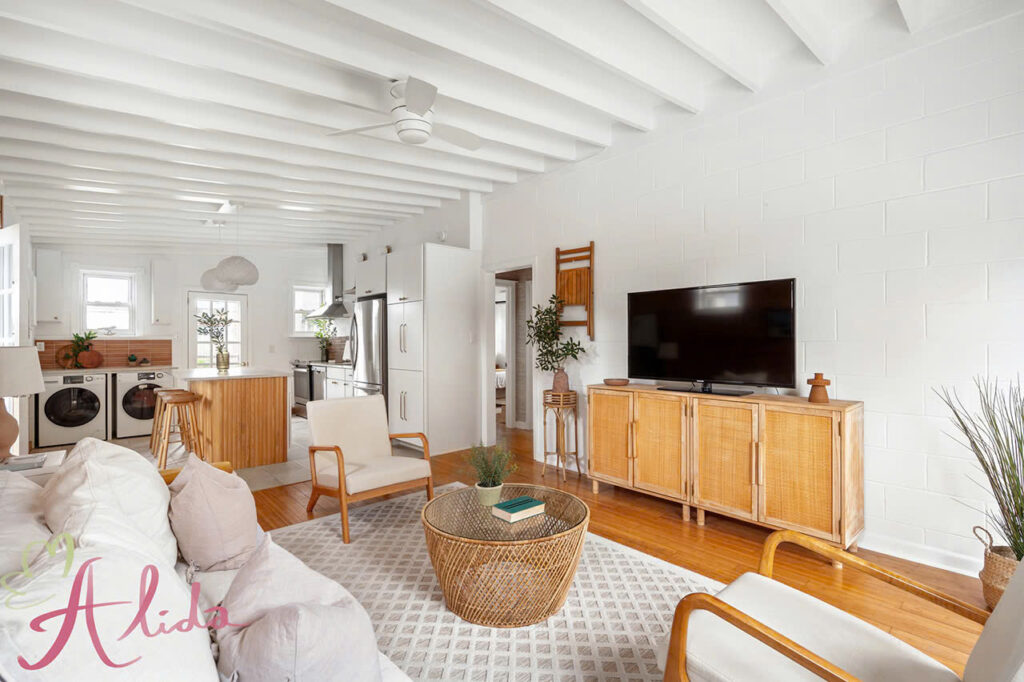Real Estate Curb Appeal Tips: How to Create Stunning First Impressions
First impressions are crucial in the competitive real estate market. Curb appeal refers to the attractiveness of a property’s exterior as seen from the street, and it plays a crucial role in capturing the interest of potential buyers. A property with excellent curb appeal not only creates a strong first impression but also significantly impacts its perceived value. Stunning exterior photos can make the difference between a quick sale and a listing that lingers on the market.
The Importance of Curb Appeal in Real Estate
Curb appeal is a property’s opportunity to make a memorable first impression. When buyers view listings online, the exterior photo is often the first image they see. If this image is unappealing, they might scroll past the listing, regardless of the property’s interior features. A well-maintained and photogenic exterior signals to buyers that the home is cared for and worth exploring further.
Great exterior photos offer several benefits:
- Faster Sales: Listings with visually appealing photos tend to sell more quickly as they generate more interest.
- Higher Property Value: Beautiful images can justify a higher asking price by showcasing the property in its best light.
This article provides actionable real estate curb appeal tips to help homeowners and agents improve their exterior photos, ensuring properties attract attention and leave a lasting impression.
Tips for Real Estate Photography to Enhance Curb Appeal
1. Prepare the Property Before the Shoot
A well-prepared property is the foundation of great curb appeal. Here are steps to ensure the home looks its best:
- Clean Up the Exterior: Remove any trash, fallen leaves, and clutter. This includes items like toys, gardening tools, and hoses that can distract from the property’s features.
- Trim Landscaping: A tidy lawn and manicured bushes enhance the property’s overall appearance. Adding fresh flowers can provide a pop of color and liveliness.
- Check Natural Lighting: Schedule the shoot during the “golden hour” (shortly after sunrise or before sunset) or the “blue hour” (just before sunrise or after sunset) for soft, flattering light.
2. Choose the Best Angles
Photography angles can significantly impact how a property is perceived. Use these techniques to highlight the property’s strengths:
- Use Wide Angles: A wide-angle lens can capture the entire façade and surrounding areas, giving viewers a complete view of the property.
- Shoot From Low Perspectives: A slightly lower angle can make the property appear more imposing and grand.
- Incorporate Natural Leading Lines: Features like driveways, walkways, or rows of trees can guide the viewer’s eye towards the property, creating a more engaging composition.
3. Leverage Lighting and Weather
Lighting and weather conditions can make or break a photo. Here are tips to maximize their potential:
- Daylight Photography: Opt for clear, sunny days to create a bright and inviting atmosphere. Light clouds can add depth to the sky without casting harsh shadows.
- Night Photography: If the property has exterior lighting, consider night shots to showcase features like illuminated pathways, porch lights, and architectural highlights.
- Avoid Overcast Days: While dramatic clouds can sometimes work, overly gray skies might make the property appear dull and uninviting.
4. Use the Right Equipment
Professional tools can elevate the quality of your real estate photos. Essential equipment includes:
- Tripod: A tripod ensures stability and consistent framing, particularly in low-light conditions.
- Wide-Angle Lens: This lens captures more of the property in a single shot, making spaces look larger and more open.
- Drone Photography: Aerial views provide a unique perspective, showcasing the property’s layout and surrounding neighborhood.
5. Professional Post-Processing
Editing is the final step in creating visually stunning photos. Here are some post-processing tips:
- Adjust Lighting and Colors: Enhance brightness, contrast, and saturation to make the property stand out while maintaining a natural look.
- Remove Distractions: Edit out unsightly elements like power lines, cars, or garbage bins to keep the focus on the property.
- Sky Replacement: Replacing a dull sky with a vibrant one can dramatically improve the image’s appeal.
Common Mistakes to Avoid
Even small missteps can undermine curb appeal. Avoid these common pitfalls:
- Shooting During Bad Weather: Rain or overcast skies can make the property appear gloomy.
- Overlooking Small Details: Items like smudged windows, clutter, or weeds can detract from the overall image.
- Poor Framing: Ensure the property is centered and that no important features are cropped out.
Real Estate Curb Appeal Tips: Benefits of Pro Photos
High-quality exterior photos are a valuable investment in today’s competitive real estate market. Here are some key benefits:
- Increased Online Visibility: Eye-catching photos attract more clicks and views on listing platforms.
- Enhanced Perceived Value: Buyers are more likely to perceive the property as well-maintained and worth its price tag.
- Competitive Edge: Stand out from other listings by showcasing the property at its best.
Conclusion
Curb appeal is the cornerstone of a successful real estate listing. By implementing these real estate curb appeal tips, homeowners and agents can create stunning photos that attract buyers and drive sales. From preparation and photography techniques to post-processing, every step matters in crafting a compelling first impression.
If you’re looking to elevate your real estate photography with professional editing, Alida offers expert photo enhancement services tailored to showcase properties in their best light. From lighting adjustments to sky replacements, we ensure every detail is perfected. Contact us at photonews121@gmail.com to learn more about our services and how we can help you achieve outstanding results.

